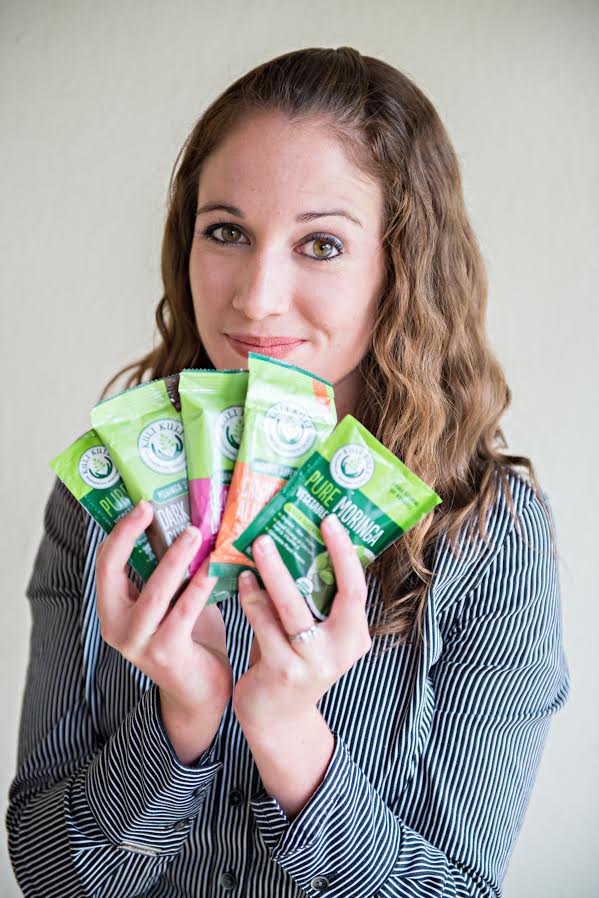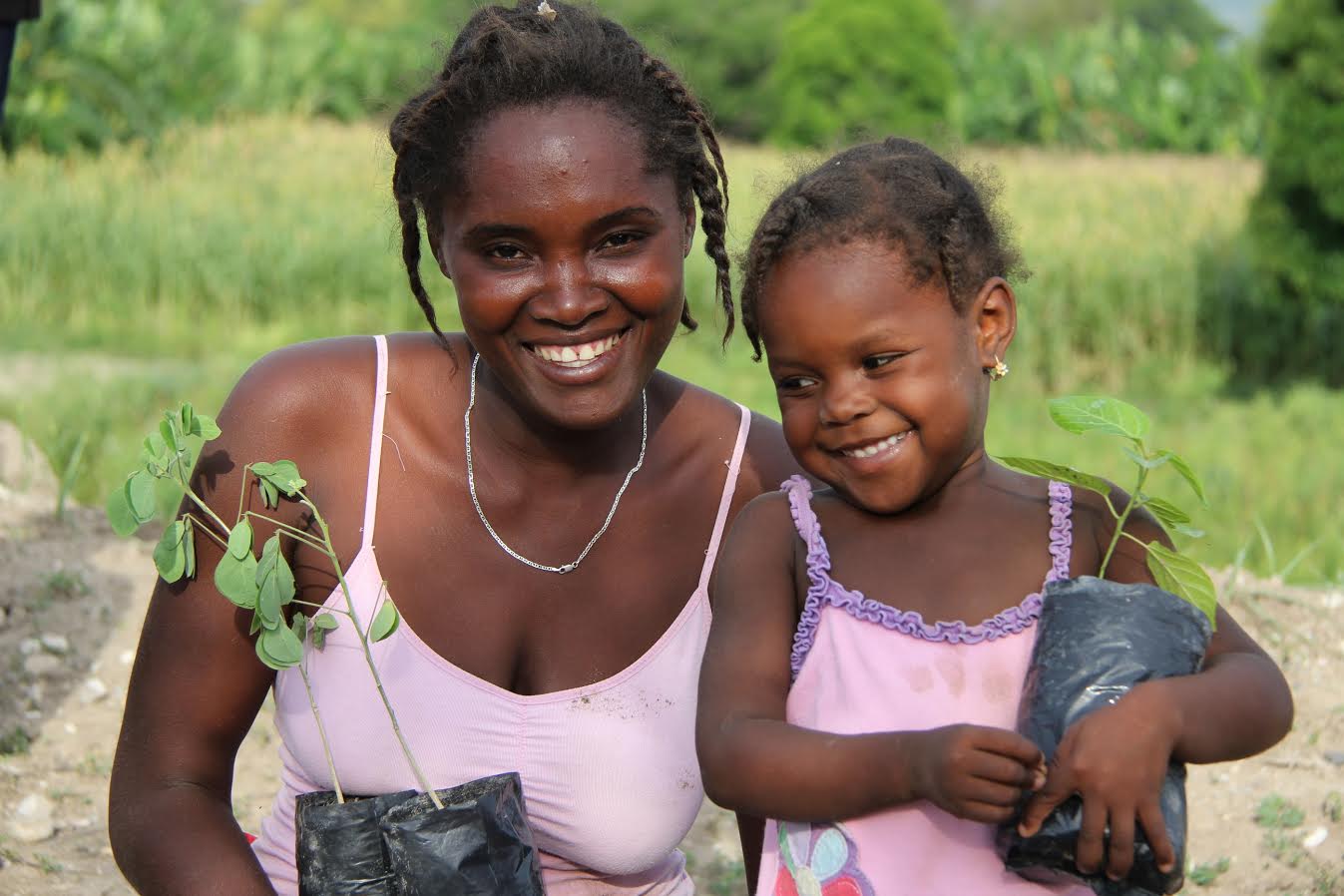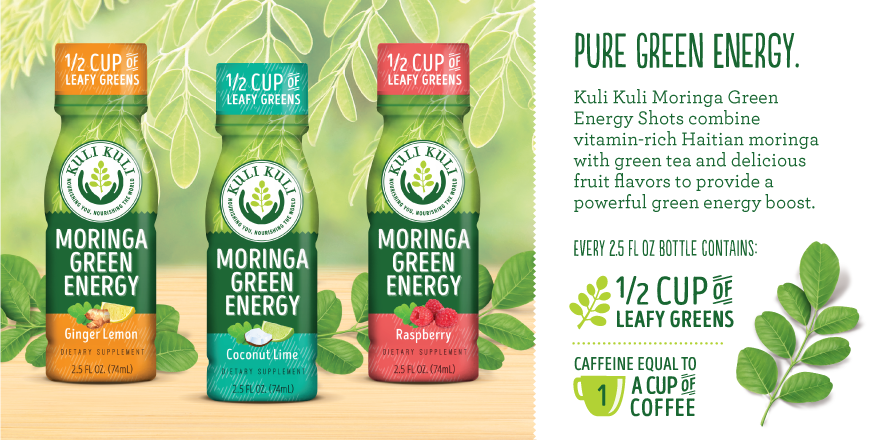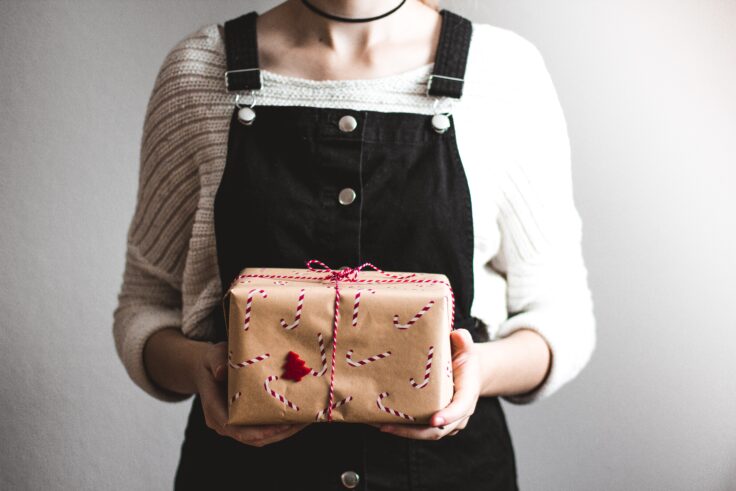This guest post was written by Lisa Curtis, Founder & CEO of Kuli Kuli: the first company to introduce moringa food products to the US market. Moringa is a leafy green that is more nutrient-dense than kale and provides a complete plant-based protein like quinoa.
We all agree that we couldn’t survive without food. And yet most people are far more likely to back a campaign producing a new gadget than a new food product. There are exceptions, of course, but in general food campaigns need to work even harder to get funded. After running two food campaigns, one for $50,000 and another for $100,000, and having countless conversations with other entrepreneurs about to launch campaigns I’ve come up with a list of five key questions that you should ask yourself before embarking on a food crowdfunding campaign.
1. How much time can you devote to your campaign?
With the plethora of crowdfunding platforms out there, literally anyone can start a campaign. The challenge isn’t in starting the campaign; it’s in running it. Particularly if you’re a food entrepreneur making food in your own kitchen until you can raise the funds to get a co-manufacturer, you need to think carefully about how you fit the campaign into the rest of running your business. I recommend starting on the video and page content 2-3 months in advance of your launch date. Once you launch, be sure to block off 2-3 hours each day, particularly in the first two weeks, just to focus on outreach.
2. Have you already exhausted your networks?
Most crowdfunding campaigns receive a large chunk of their funding from friends and family. These are the first people to put in capital and the people most likely to share the campaign with others. My first Indiegogo campaign launched my social enterprise, Kuli Kuli, into the world. For most people in my network, this was the first time they had ever heard from me with a request for a donation. Additionally, there was a note of excitement to the request as I was proposing to quit my day job and focus full-time on turning my dream into reality.
Since launching that campaign, I’ve asked my network to support Kuli Kuli in a multitude of other ways, including voting for us in competitions and posting about us on social media. So when it came time to launch my second Indiegogo campaign, my network responded at less than half the rate than they had for the first campaign. Ideally you want a fresh network of people, including a few large donors, who will rally behind your cause and contribute on the first day of your crowdfunding campaign. The best time to start creating that network of people is now, before your campaign begins. Start attending events and asking for informational interviews with key people in the food industry. Make sure to collect the email of everyone you meet and add them to your contact management system (I like MailChimp).
3. Did you do the math?
The most common contribution to a crowdfunding campaign is $25 while our average campaign page conversion is between 3-5%. Assuming a 3% conversion rate, Kuli Kuli needed over 130,000 people to visit our second crowdfunding campaign in order to raise $100,000. We only managed to draw 21,000 people to our campaign page and convince 542 of them to contribute – a conversion rate of 2.6%. We managed to hit our goal by getting a few larger donors to come in at the last minute but boy was that stressful! I’d highly recommend picking your goal based on how many people you have on your email and social media lists assuming about 20% of those people click on your site and 3-5% of the people who click then contribute. I’d highly recommend having a few larger donors lined up to donate on the first couple days of the campaign as well, because no one wants to be the first to contribute. They want to see that you already have some momentum behind you.
4. Do you have reasonably priced perks?
Crowdfunding campaigns are a great way to pre-sell products and provide the campaign owner with capital to do a manufacturing run. This has been the premise for both the first and the second campaign that I’ve run. Particularly as a food entrepreneur, people want to try the amazing food products that you’re raising money for. But, as is the case in so much of the world, few people are willing to pay high premiums for food products. On our second campaign we partnered with a nonprofit and had the joint goal of both raising funding for the manufacturing run of our Moringa Energy Shots and also raising funding for the nonprofit to plant more moringa trees in Haiti. Because of this partnership, we had to build a premium into all of the perk prices. While many of our friends and family were happy to pay the premium to support a good cause, strangers coming to our campaign were confused. They either wanted a good deal on a cool new product or they wanted a tax credit for their donation. Since we had taken a mixed approach, we couldn’t provide either. Making sure that people who back your campaign feel like they’re getting something really special is absolutely critical.
5. Are you relying too much on celebrities or press?
In both of the crowdfunding campaigns I’ve run, the press has mostly come into play after the campaign is over. In our second campaign we had a few noteworthy celebrities, including Ed Norton, Philippe Cousteau, Rainn Wilson and José Andrés all tweet about our campaign. All of their tweets were re-tweeted and favorited multiple times but unfortunately drove very little traffic to the campaign. Apparently the public has become disillusioned with celebrity endorsements via Twitter and so they don’t drive the same traffic that they used to.
This is cool. New energy shot that helps #reforestHaiti http://t.co/tXjtXmNC9C via @kulikulifoods
— Edward Norton 🌻🇺🇦 (@EdwardNorton) September 23, 2015
Despite all of our mistakes, we did do one thing right: we chose Indiegogo as the platform to use for our campaign. Unlike other platforms where you don’t receive any funding if you don’t hit your goal, Indiegogo allows you to still receive the funds and, better yet, they have a policy that allows you to extend your campaign by up to 30 days. Different crowdfunding platforms have different pros and cons so I’d recommend looking at a couple before you launch. Send me a note via twitter (@lisacurtis) and let me know if these questions have been helpful.
Feeling inspired by Lisa’s story? Fill out this form and we’ll help you get started with a campaign to turn your dreams to reality.
2 Responses
You must be logged in to post a comment.







Agree, before starting new campaign you need to calculate all costs, profit and demand. The perfect example of successful start is BathMate. They did it like professionals, start their campaign and in 2-3 months were profitable. https://www.hydromaxbathmate.com/?ko=46
Great story would give it a try next year